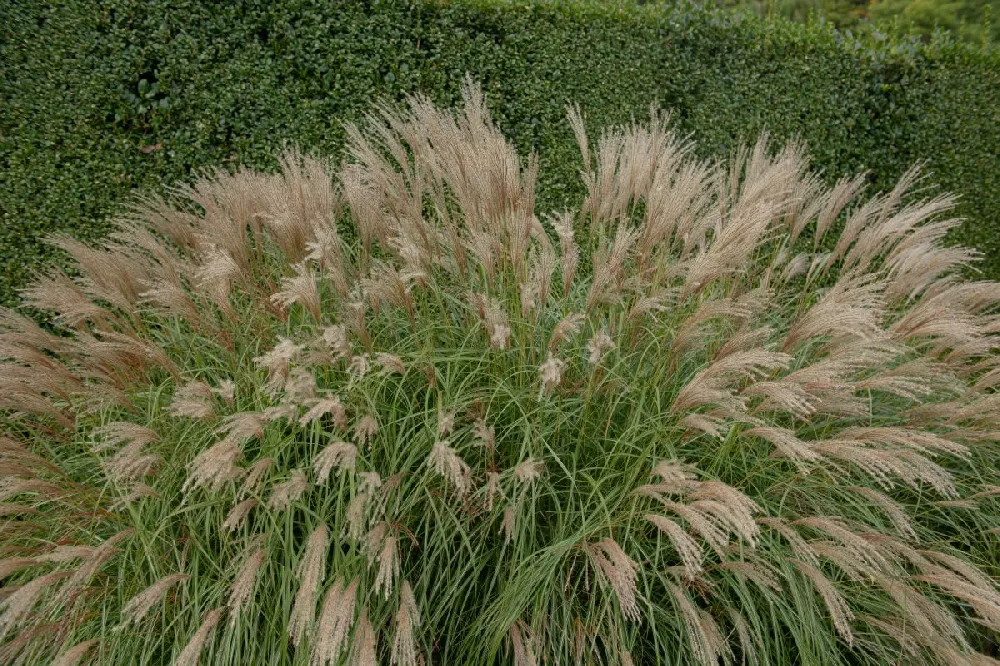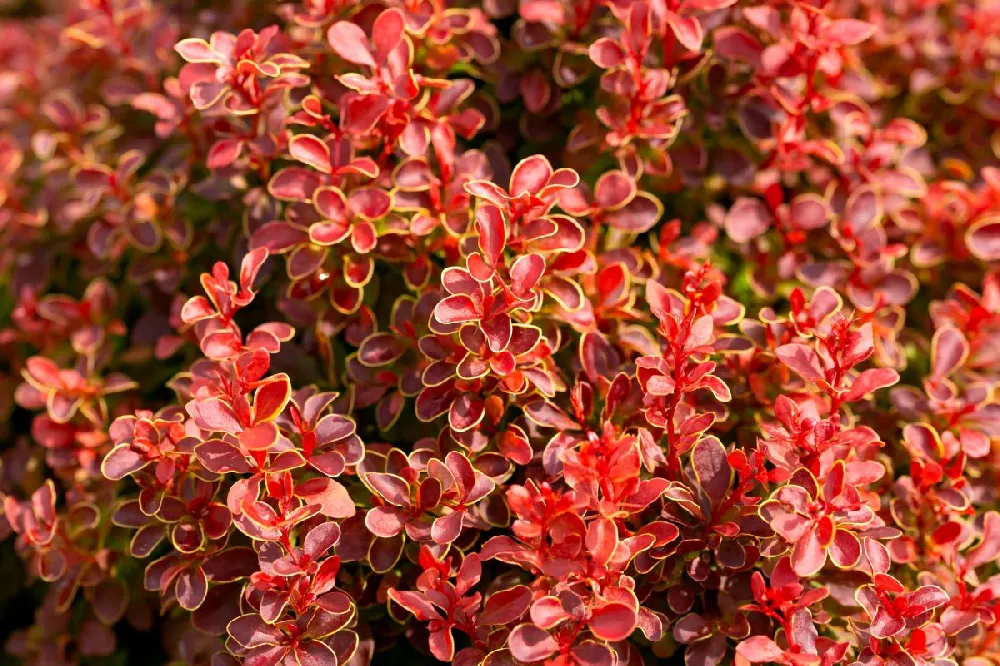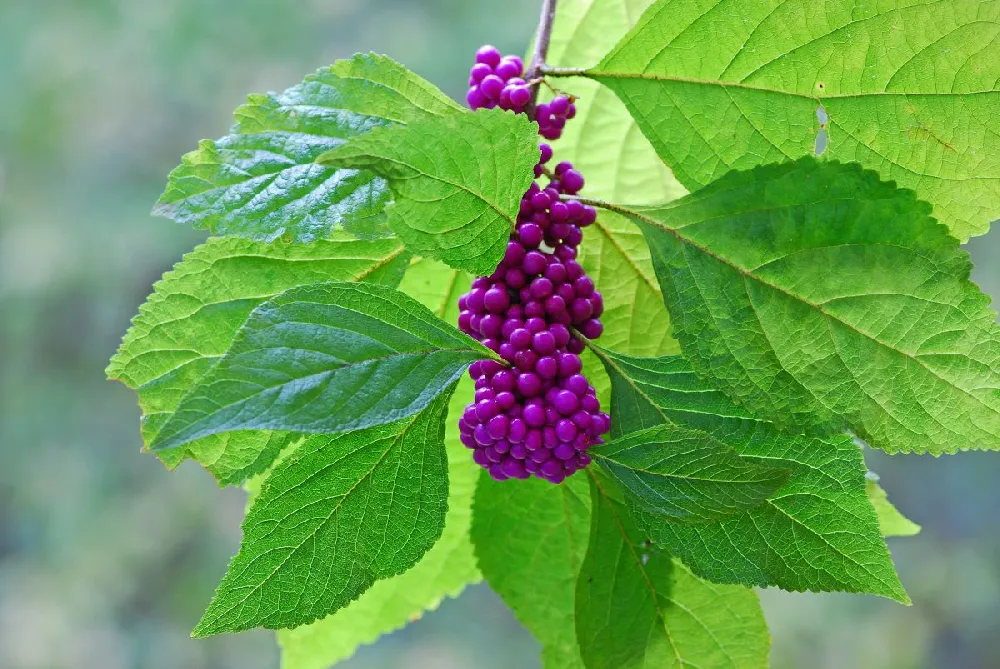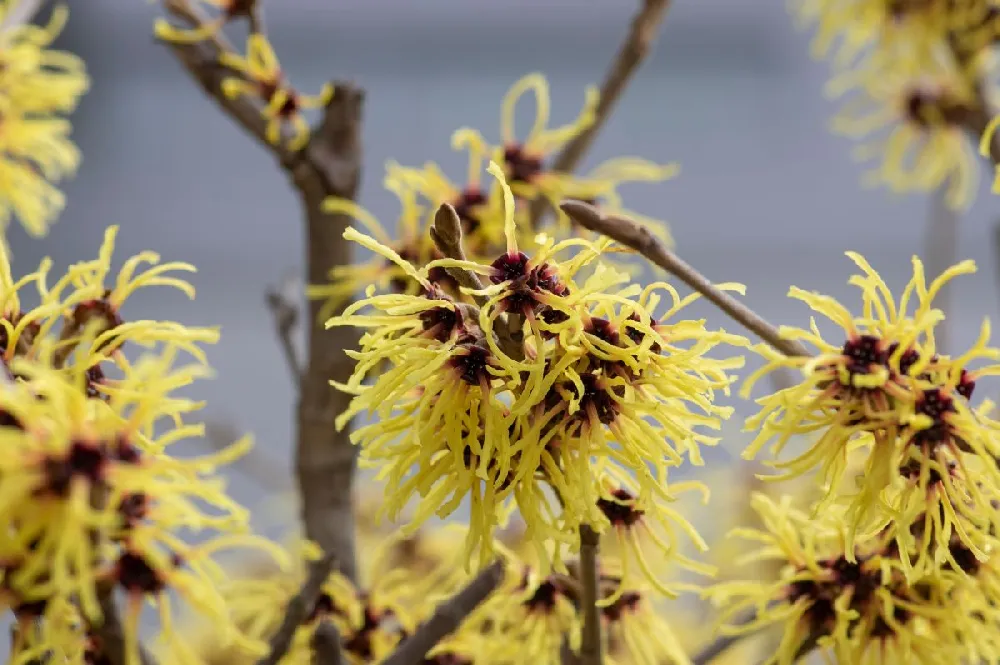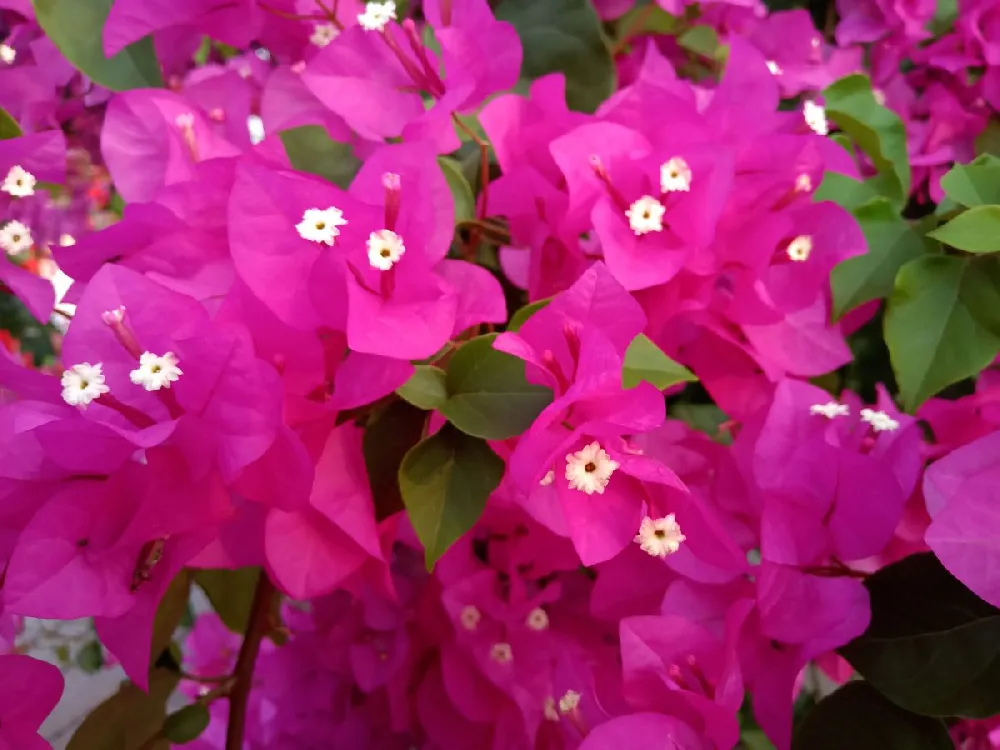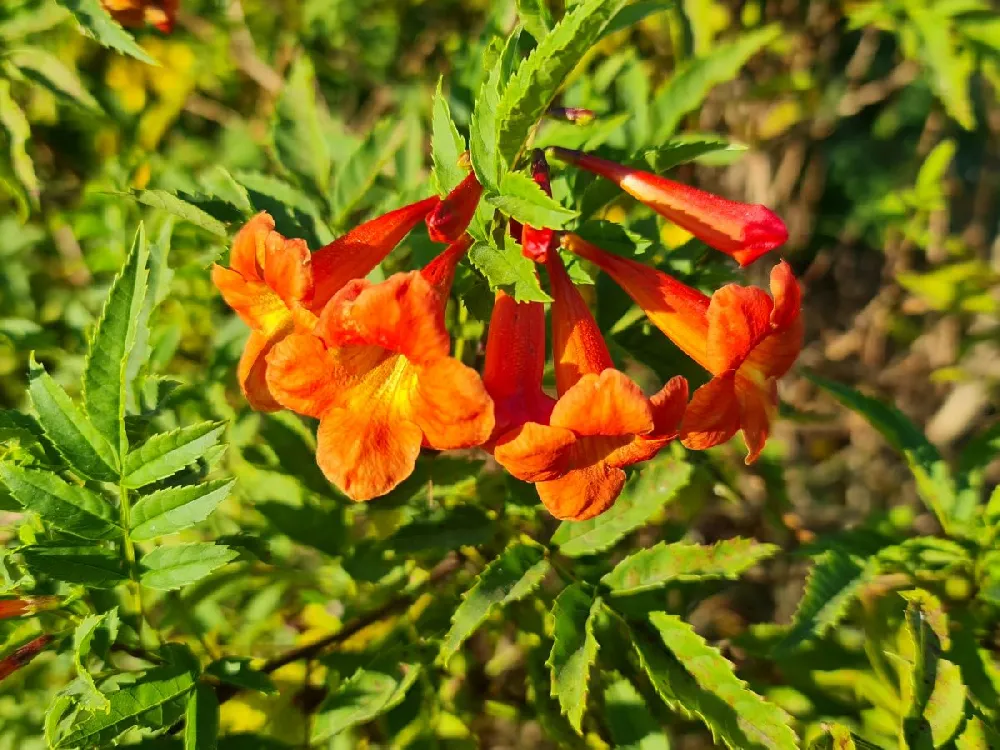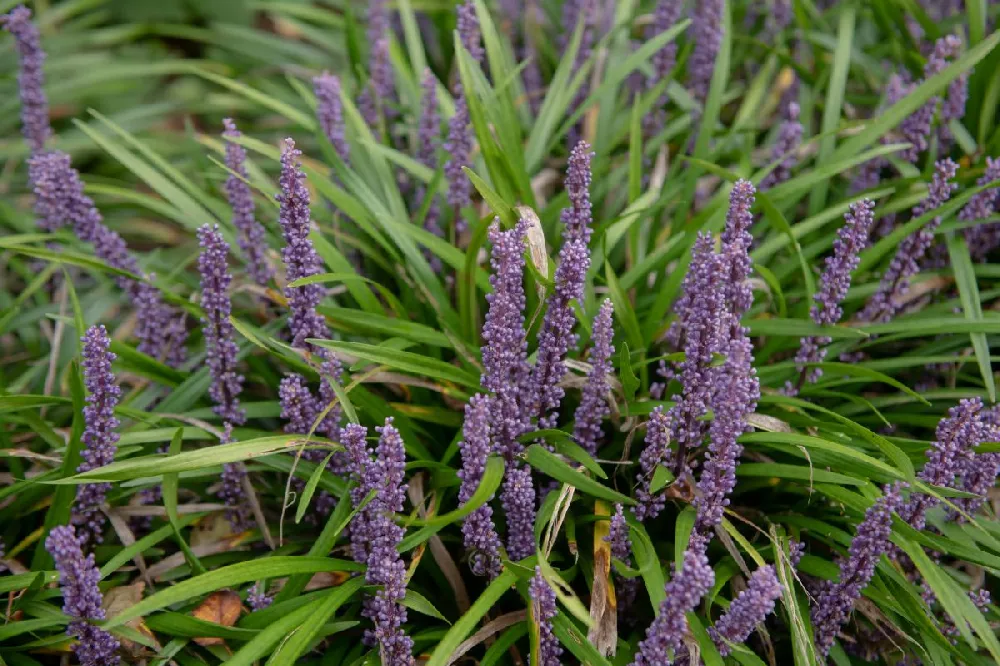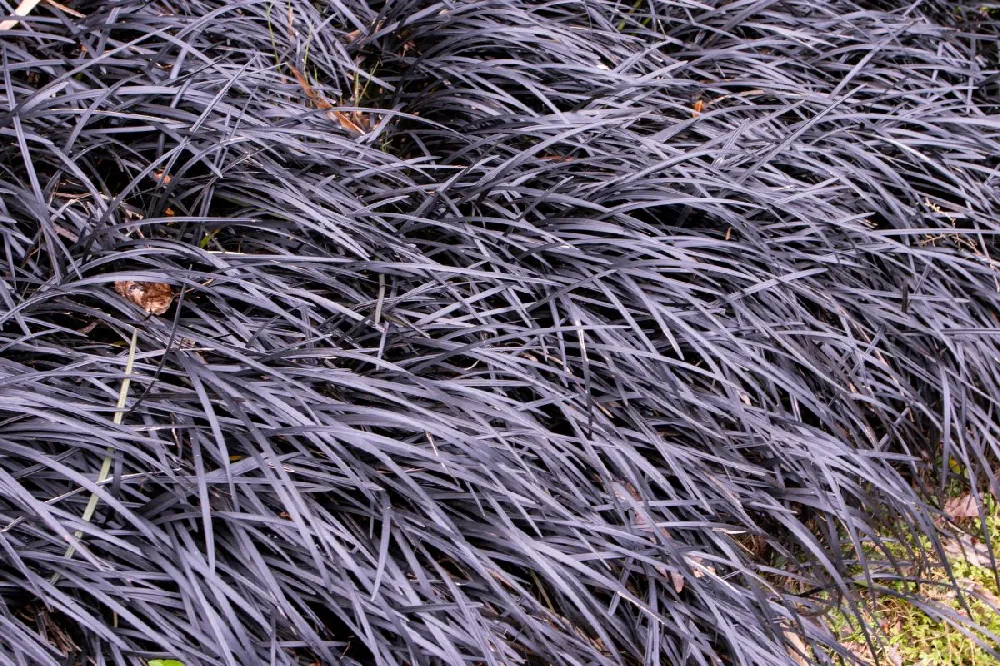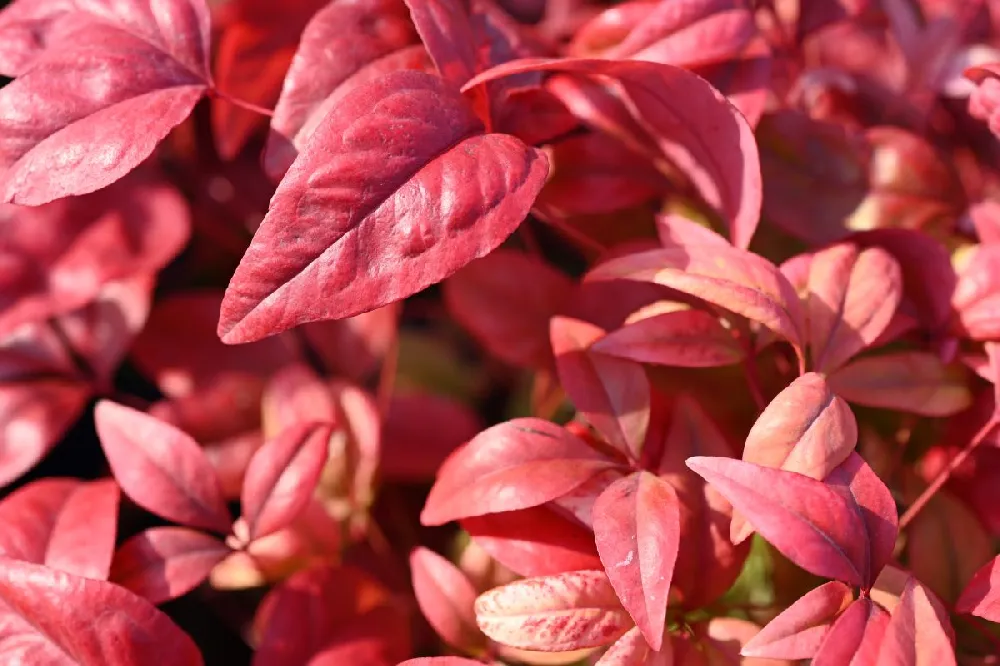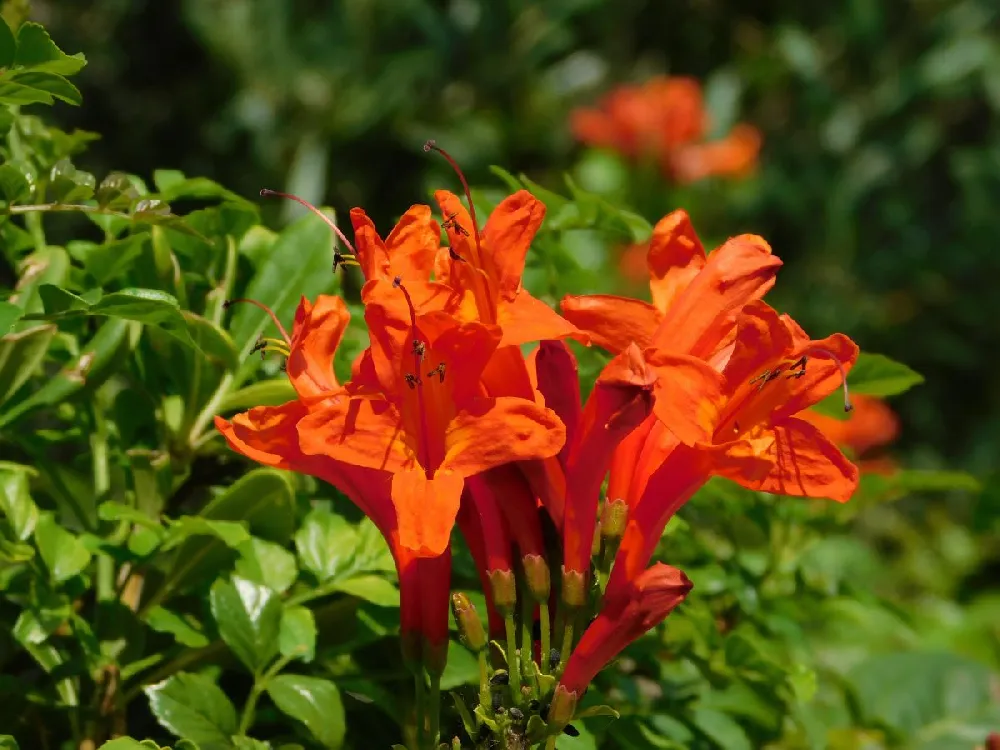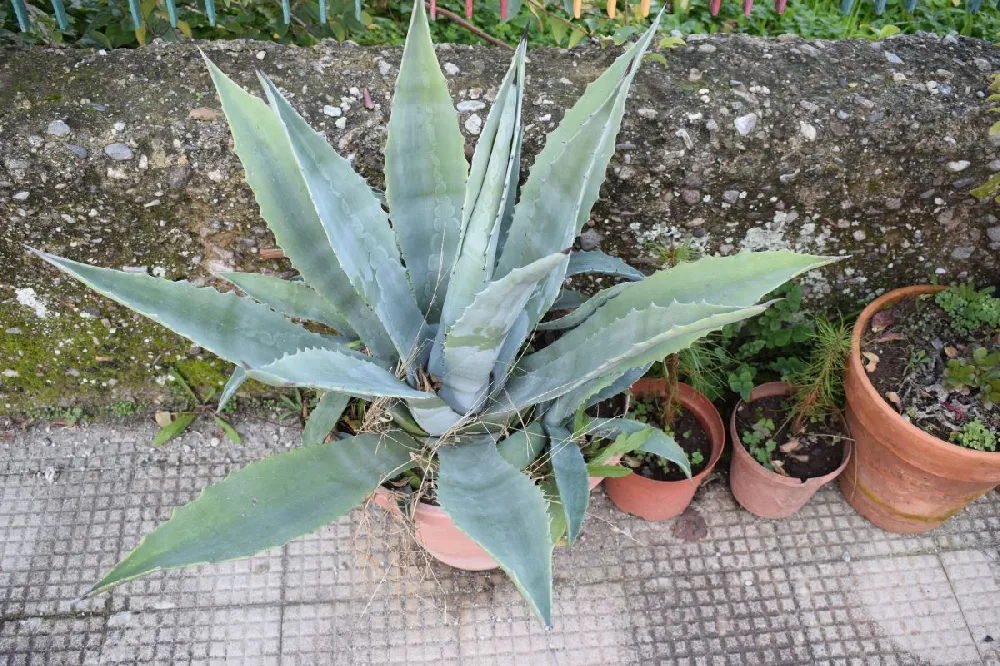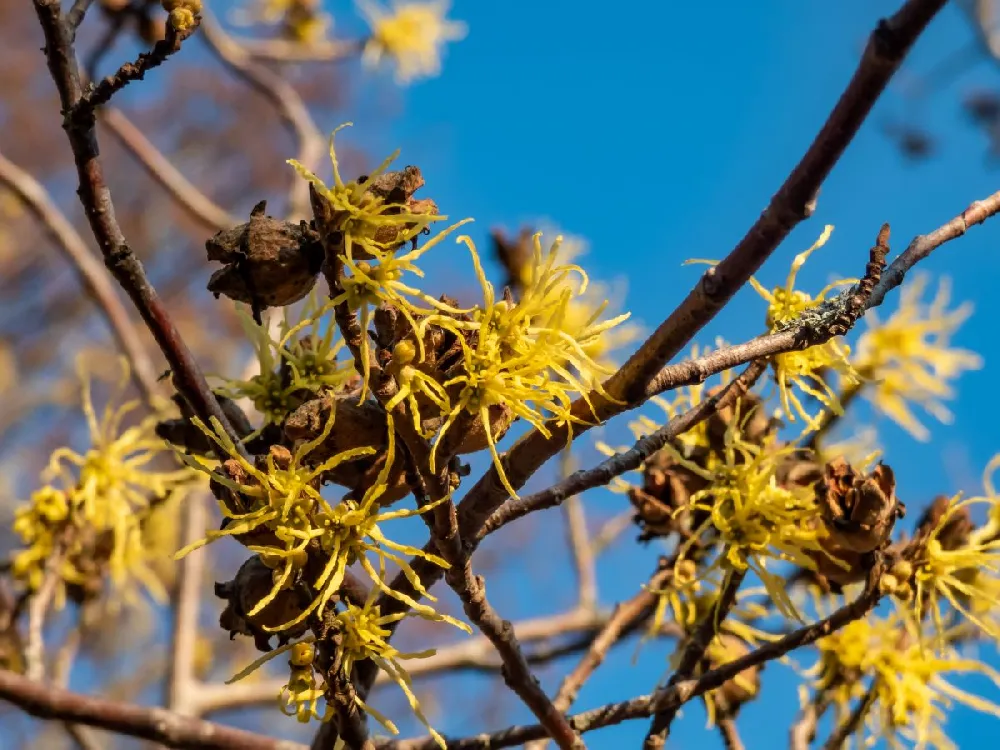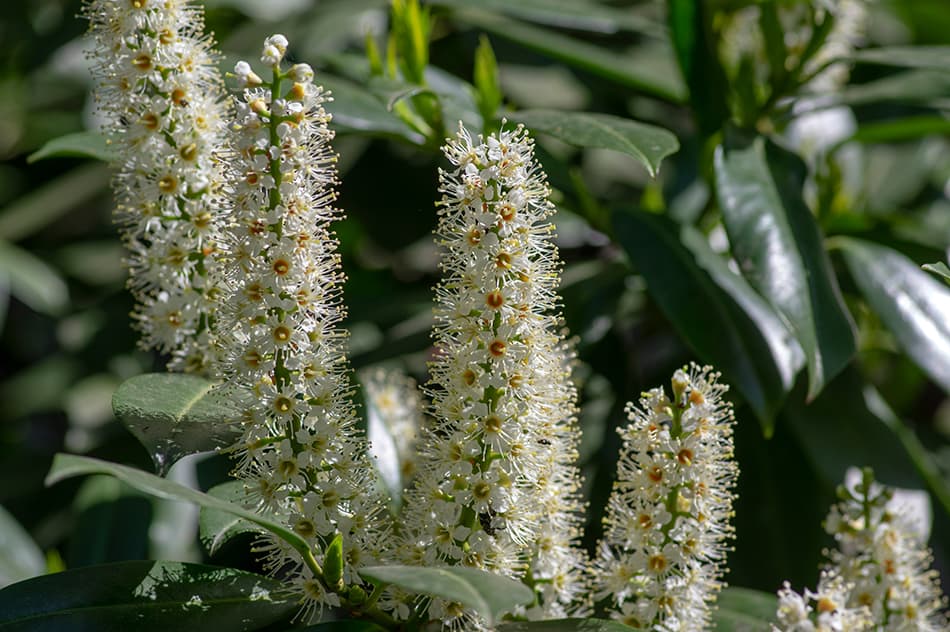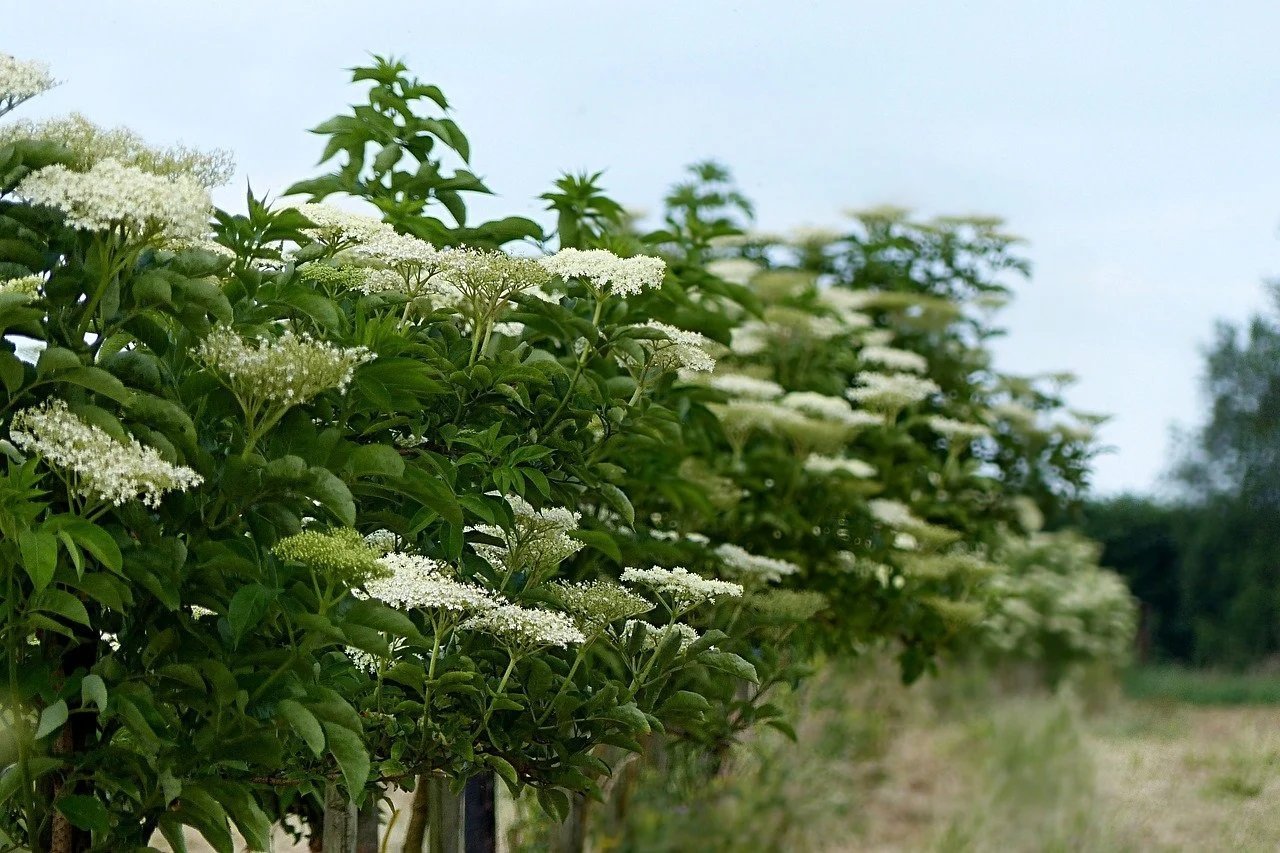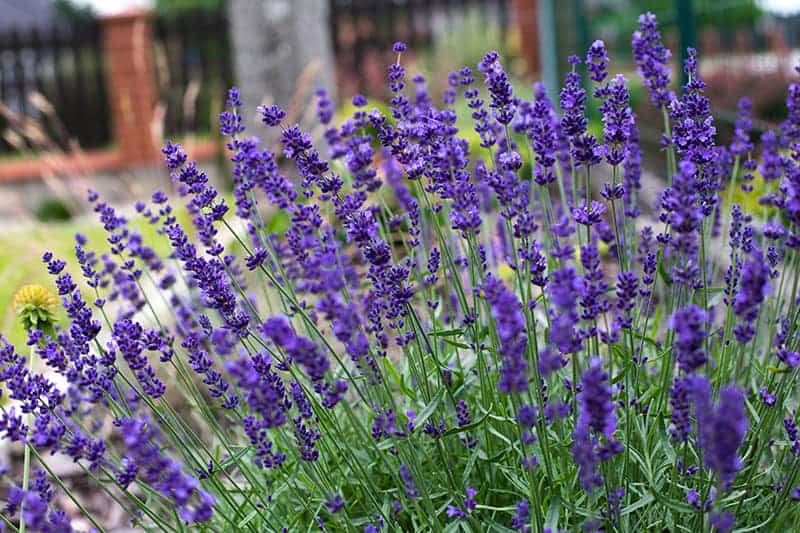- Home >
- Shrubs and Bushes >
- Hedges
Hedges for Sale - Buying & Growing Guide
Filters
Price Range
Growing Zones
Plant Type
Flower Color
Sunlight
Mature Height
Plant Characteristics
147 Results
-
Growing Zone(s): 5-9$54.95
-
Growing Zone(s): 4-9$129.95
-
Growing Zone(s): 6-10$129.95
$149.95Save up to 13% -
Growing Zone(s): 5-9$114.95
$229.95Save up to 50% -
Growing Zone(s): 4-11 patio / 9-11 outdoors$149.95
-
Growing Zone(s): 4-11 / 8-11$129.95
-
Growing Zone(s): 6-11$17.95
$19.95Save up to 10% -
Growing Zone(s): 5-10 outdoors$74.95
-
Growing Zone(s): 6-10$99.95
$109.95Save up to 9% -
Growing Zone(s): 4-11 / 9-11$99.95
$109.95Save up to 9% -
Growing Zone(s): 4-11 patio / 8-11 outdoors$149.95
-
Growing Zone(s): 4-8$109.95
$119.95Save up to 8%
Hedges – Buying & Growing Guide
While you can create privacy with walls and fences, there is another option that often proves to be more attractive. A privacy hedge can take some time to develop, but once it does, it will give you a sense of seclusion and exquisite foliage textures.
Types of Plants to Grow as Hedges
| Type | Growing Zones | Mature Height | Sun | Features |
| Boxwood, Buxus ‘Green Mountain’ | 5-9 | 3-7 feet | Full sun to part shade: 4-8 hours | Responds extremely well to shearing, dense foliage |
| American arborvitae, Thuja occidentalis | 2-7 | 20-40 feet | Full sun to part shade: 4-8 hours | Reliable foliage year-round and excellent cold hardiness |
| English yew, Taxus baccata | 6-7 | 30-60 feet | Full sun to part shade: 4-8 hours | Soft but dense needles, prominent red berries |
| American holly, Ilex opaca | 5-9 | 15-30 feet | Full sun to part shade: 4-8 hours | Bright red berries and recognizable leaves |
| Eastern white pine, Pinus strobus | 3-8 | 50-80 feet | Full sun to part shade: 4-8 hours | Long needles and noticeable cones |
| Canadian hemlock, Tsuga canadensis | 3-7 | 35-50 feet | Full sun to part shade: 4-8 hours | Tiny needles and cones with rough-textured bark |
| Privet, Ligustrum | 6-8 | 5-15 feet | Full sun to part shade: 4-8 hours | Dense but deciduous leaves, white flowers |
| Forsythia, Forsythia x intermedia | 5-8 | 8-10 feet | Full sun: 6-8 hours | Bright yellow, early spring flower, fast-growing |
| Azalea, Rhododendron | 5-9 | 8-20 feet | Partial shade: 3-4 hours | Broad-leaved evergreen with excellent spring flowers |
How to Plant Hedges
There are a few principles to remember when planting a hedge. The first is that your hedge’s location is crucial. Where you grow your hedge determines the quality and amount of privacy you achieve.
Spacing is another essential topic for anyone creating a hedge. You’ll need to respect each plant’s need for a distinct growing area while making sure it does not take too long for your hedge to form.
The ideal spacing for your hedge will vary depending on the species. What you should know is that placing your plants too far apart means it will take a long time for your hedge to develop. Planting too close may cause stress for you hedge plants as they compete for the same space and soil nutrients.
Regarding space, you should also avoid planting a hedge in a place where it will eventually grow to conflict with existing structures in your yard. You’ll also need to respect each plant’s individual care requirements and follow fundamental planting practices for woody plants.
How to Maintain Hedges
The main maintenance chore you’ll need to perform for your hedges is pruning. While it may seem simple, pruning for hedges is different from the pruning you would do for other plants. At times, getting hedge trimming right can be difficult.
Avoid shearing your hedges too much. Several hedge species will not produce foliage on old wood. That means that excessive shearing could leave your hedge looking bare.
The best way to prune a hedge is by hand. Focus on individual branches and stems and remove them selectively. Only after doing that should you move on to a light shear. Use your hand pruning to remove dead or damaged limbs and use moderate trimming to maintain the shape you desire for your hedge.
As is the case with other plants, hedge plants will need certain amounts of sunlight, water, and fertilization. If you want your hedge to look its best, meet its specific needs and prune carefully.
